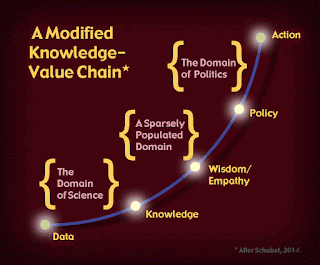"Southern California and other large cosmopolitan arenas, as places for cultural intersection and memetic alchemy, are where creative economies best flourish and thus evolve."Los Angeles is a metropolitan area of 15-million people. The city is a cautionary tale about the price of poor planning and car-centric development. But, it is also a locus of creative problem-solving that is reimagining its own structure and drawing in artists and creatives from the impossible rents of San Francisco and New York. The sheer scale of the hybrid art/science activity in this megalopolis is astounding.
As an example, this video by KCET profiles art/science convergence at The Studio at Jet Propulsion Laboratories,
Notable art/science interactions in Los Angeles include:
- The Studio at Jet Propulsion Lab (JPL)
- UCLA's Art | Sci Center + Lab,
- LACMA's Art + Technology Lab,
- UCI's Beall Center for Art + Technology,
- Art Center's Williamson Gallery and Designmatters programs,
- UCSB's Media Art & Technology program



